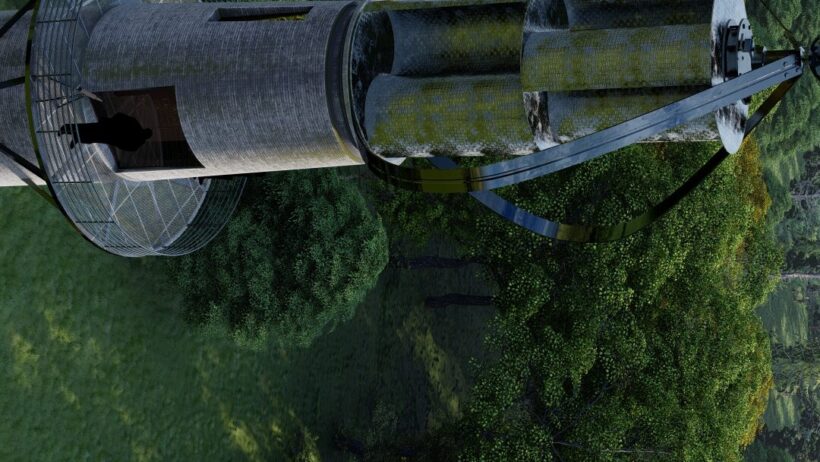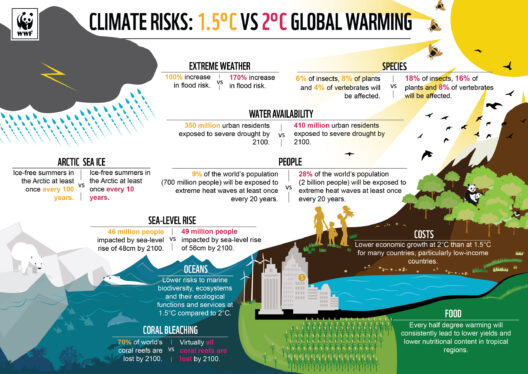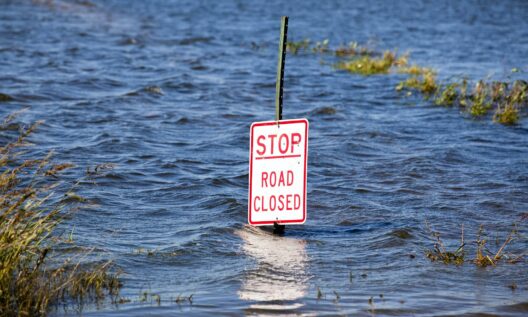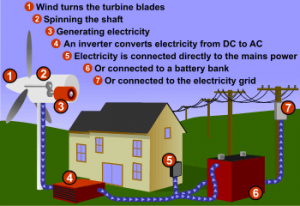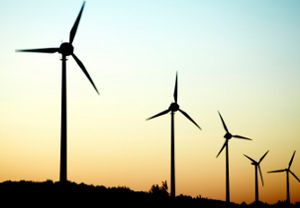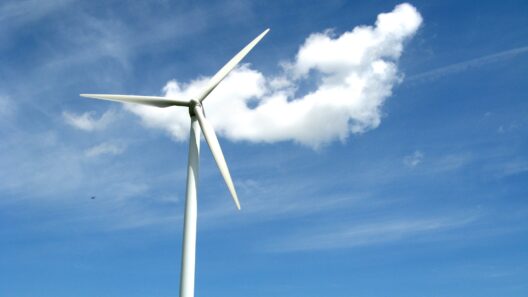Wind energy has emerged as a formidable contender in the realm of renewable resources, captivating both environmental advocates and technology enthusiasts alike. By harnessing the kinetic energy generated by atmospheric phenomena, we can promote sustainability while fostering a harmonious relationship with the Earth. This article delves into the multifaceted applications of wind energy, illuminating its diverse utilities across various sectors and revealing its profound aesthetic appeal.
Wind energy is not merely an abstract concept; it is an integral aspect of modern innovation and ecological preservation. Through the strategic deployment of wind turbines, we can convert nature’s whims into a viable power supply, thus reducing our reliance on fossil fuels and mitigating the pernicious impacts of climate change.
In this age of rapid technological advancement, the potential for wind energy applications showcases our relentless quest for sustainable solutions. By examining the following practical applications, we can unveil the true versatility of wind power and its aesthetic allure.
Harnessing Wind Energy for Electricity Generation
The most prominent application of wind energy is the generation of electricity. Wind turbines, capable of transforming the mechanical energy produced by wind into electrical energy, form the backbone of wind farms. These installations can be found both onshore and offshore, strategically placed to capitalize on optimal wind conditions. Offshore wind farms, in particular, offer substantial advantages given their exposure to stronger and more consistent winds.
The aesthetics of wind turbines cannot be understated. Standing tall against the horizon, these modern marvels symbolize humanity’s ingenuity in utilizing natural forces for progress. Their colossal blades rotate gracefully, creating a rhythm that captivates observers while generating clean energy. Moreover, the integration of wind farms into picturesque landscapes enhances the visual composition of rural and coastal settings, enticing photographers and nature lovers alike.
Beyond sheer aesthetics, the deployment of wind energy for electricity generation is pivotal in reducing greenhouse gas emissions. Studies reveal that wind power is one of the cleanest energy sources, inherently producing no emissions during operation. As the world grapples with the existential threat of climate change, every megawatt generated from renewable sources diminishes our carbon footprint and contributes to a sustainable future.
Innovative Applications in Agriculture
Beyond mere electricity generation, wind energy finds remarkable applications in agriculture. As farmers strive for greater efficiency and sustainability, the integration of wind power into agricultural practices has proven invaluable. Wind turbines can power irrigation systems, enabling farmers to utilize water resources more responsibly while minimizing dependence on fossil fuels.
Furthermore, wind energy can aid in drying crops. Wind-powered dryers leverage the natural circulation of air, expediting the drying process and preserving the quality of harvested grains. This innovative technique not only enhances crop yield but also contributes to reducing waste through effective preservation methods.
Aesthetic considerations in agriculture are often overlooked, yet wind turbines peppering the agricultural landscape can create a striking contrast against vibrant fields. This synthesis of technology and nature embodies integral harmony and invites contemplation of our relationship with the environment.
Driving Solutions for Transportation
The applications of wind energy extend well into the transportation sector, where innovative concepts like wind-assisted ships are gaining traction. By harnessing the wind during maritime travel, vessels can significantly reduce fuel consumption. These ships incorporate sails or other wind propulsion technologies, thereby lowering greenhouse gas emissions and setting the stage for a new era of sustainable shipping practices.
The captivating sight of a ship utilizing wind rather than relying solely on engines evokes nostalgia, reminiscent of the age of exploration. The rebirth of traditional sailing techniques integrated with cutting-edge technology symbolizes a return to nature—a compelling juxtaposition of aesthetic beauty and forward-thinking innovation.
Moreover, advancements in electric vehicles (EVs) are incorporating wind energy into their operational models. With charging stations powered by wind energy proliferating, the symbiosis between clean transportation and renewable energy is forging a pathway toward a sustainable mobility paradigm.
Empowering Urban Development
As cities burgeon, so too does the necessity for innovative approaches to energy generation within urban environments. Vertical wind turbines are carving a niche in urban settings, utilizing limited space to convert wind energy into electricity. Unlike their horizontal counterparts, these turbines are designed to accommodate variable wind conditions often found in metropolitan areas.
The presence of urban wind turbines can enhance the architectural aesthetic of a cityscape. They contribute an avant-garde touch to residential and commercial buildings, stimulating interest and promoting sustainability in densely populated settings. As urban planners contemplate the amalgamation of wind energy into city designs, the potential for cleaner, more visually striking environments emerges.
Conclusion: The Wind Beneath Our Future
The applications of wind energy are as diverse as they are transformative. From generating clean electricity to aiding agricultural practices, bolstering transportation methods, and shaping urban development, the versatility of wind energy is remarkable. Beyond practical benefits, its aesthetic attributes enhance landscapes and invite us to reflect on our pursuit of sustainability.
As we embrace the winds of change, it is imperative to consider how we can harness this powerful resource effectively and responsibly, ensuring a cleaner and more vibrant future for generations to come. Embracing wind energy is not merely a choice; it is a testament to our commitment to environmental stewardship and innovation.


